Kuska Mayan Plant: Benefits and Growing Tips
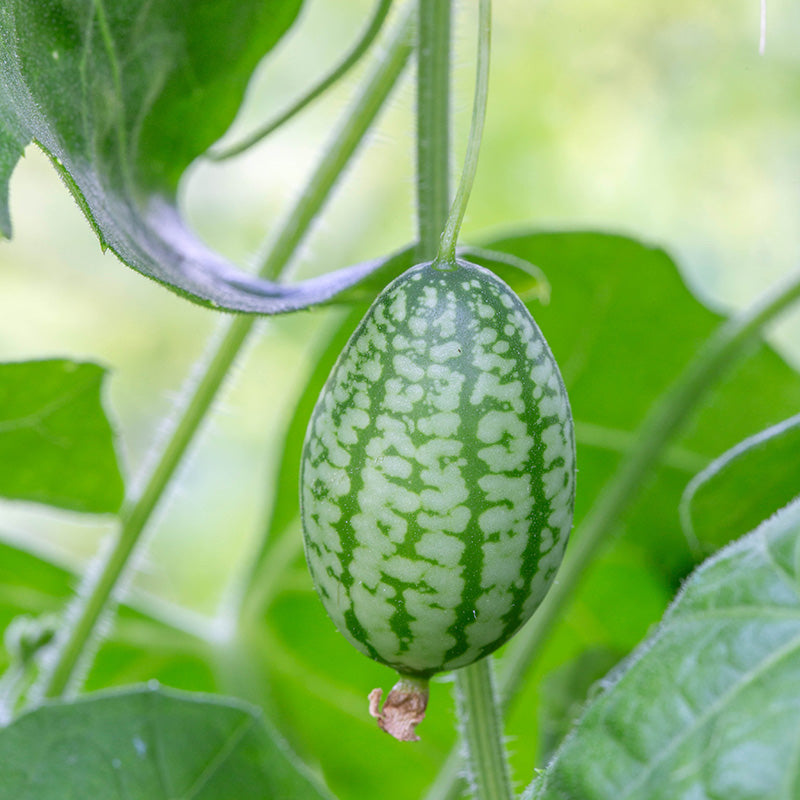
Are you looking for a mystical plant that offers abundant health benefits and at same time Culinary Uses?
Then look no further than Kuska Mayan plant. Used for centuries by the ancient Mayans, this versatile herb is packed with antioxidants, anti-inflammatory compounds and more.
In this article, we will explore the various aspects of the Kuska plant, including its benefits, culinary uses and how to add it to your garden.
Key Features:
Scientific Name:Melothria scabra.
Common Name(s): Kuska, Mexican knotweed, mayan knotweed
Color: Green leaves and reddish stems.
Taste: Mild and tart. Adds flavor but not overpowering.
Height: Up to 4 feet tall
Spread: Quickly spreads via rhizomes forming dense thickets
What is the Kuska Mayan Plant?
An edible herb native to Mexico and Central America. Used as a tea, vegetables, and medicinally by Mayan cultures.
The Kuska Mayan plant is a compact shrub that grows up to 3 feet tall, with slender stems and glossy green leaves.
Its small, trumpet-shaped flowers bloom in clusters, attracting pollinators, and eventually give way to bright orange fruits.
Leaves are tart and high in vitamin C. The tender shoots and young leaves can be eaten raw or cooked. Adds a tangy flavor to salads, salsas or other dishes. Leaves can be dried for year-round use.
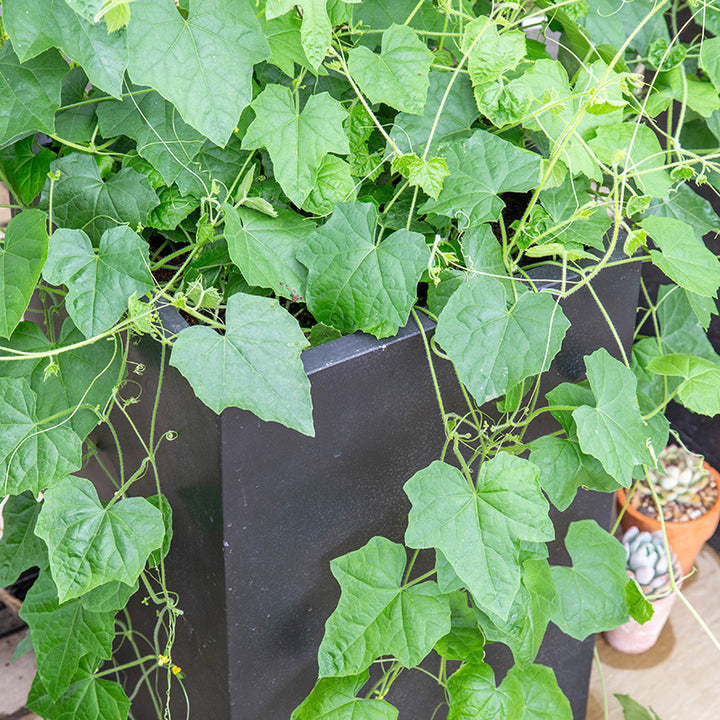

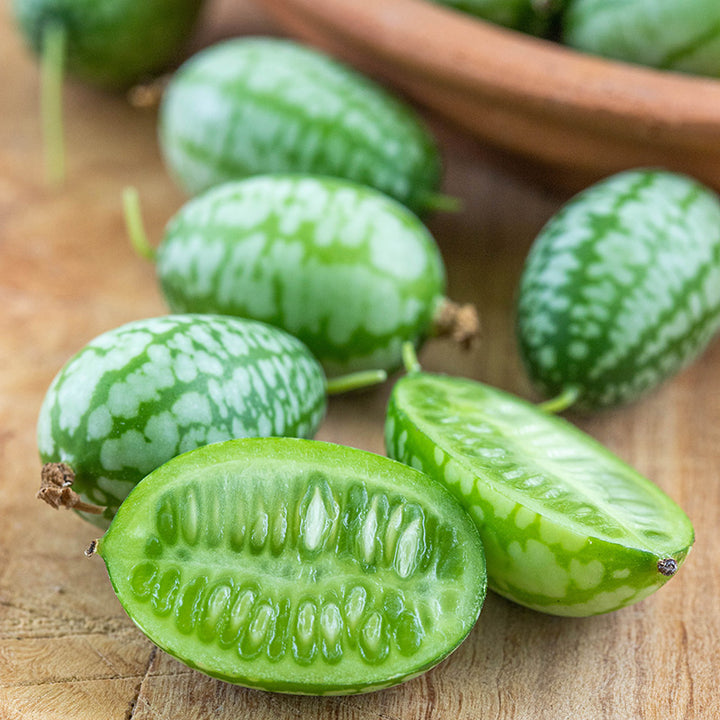
Toxicity
No known toxicity when used as food in normal amounts. May cause contact dermatitis in sensitive individuals. As with any new plant, moderation is recommended.
Kuska Mayan Plant Benefits:
The Kuska Mayan plant is known for its rich composition of vitamins and antioxidants, making it highly beneficial for health.
It has been cultivated for its herbal properties for centuries and is currently gaining popularity due to its remarkable health advantages.
Here are some of the benefits associated with the Kuska plant:
- Weight management: With its low-calorie content and high fiber content, the Kuska plant can promote weight loss by providing a longer-lasting feeling of fullness.
- Nutritional support: The Kuska plant is a valuable source of essential nutrients such as vitamins A, C, and E, as well as minerals like calcium, magnesium, and potassium. These nutrients contribute to overall health and well-being.
- Antioxidant properties: The Kuska plant boasts a diverse range of antioxidants that help reduce inflammation, improve overall health, and protect against oxidative stress and free radicals caused by environmental pollutants.
- Anti-inflammatory effects: Kuska contains compounds with anti-inflammatory properties, which can aid in reducing swelling and alleviating pain. Research suggests that regular consumption of Kuska may lower the risk of developing chronic diseases like arthritis and heart disease.
- Antimicrobial properties: The Kuska plant's antimicrobial properties are believed to be effective in treating bacterial, viral, and fungal infections. Additionally, the peel of the Kuska fruit can help preserve food by inhibiting the growth of foodborne pathogens and spoilage organisms.
- Blood pressure regulation: Kuska's high potassium content counteracts the effects of sodium, helping to lower blood pressure and heart rate.
- Immune system support: Thanks to its richness in vitamin C, the Kuska plant is thought to enhance the immune system's function, acting as the body's first line of defense against foreign pathogens.
- Improved digestion: The dietary fiber present in Kuska promotes the production of digestive enzymes and aids in digestion. Its easily digestible nature requires minimal effort for the body to process.
- Hydration: The potassium content in Kuska helps maintain the osmotic pressure inside and outside our cells, contributing to proper hydration.
- Healthy skin: Adequate hydration, essential nutrients, collagen, and other compounds present in Kuska contribute to maintaining healthy skin, giving it a revitalized appearance.
The Ideal Growing Conditions for Your Kuska Plant and Practical Steps to Plant Kuska Seeds:
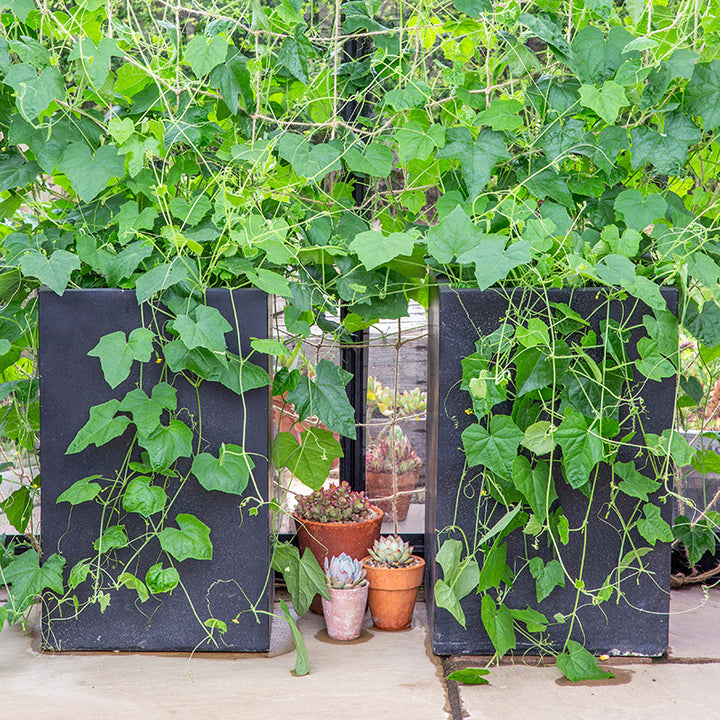
Soil Requirements:
Similar to other vegetables, the Kuska plant prefers soil rich in organic matter.
Before planting, enrich the soil with compost and mulch to improve nutrient availability and drainage.
The ideal soil pH range for Kuska plants is 6.1 to 6.8.
Water Requirement:
Regarding water, the Kuska plant is fairly drought-tolerant. Weekly watering of approximately one inch, combined with rainfall, is sufficient.
Avoid waterlogged conditions. Watering should focus on the roots to prevent fungal growth on the leaves.
Watering with sprinklers should be done in the early morning to allow foliage to dry during the day, as dry leaves discourage fungal growth.
Temperature:
The Kuska plant thrives in warm and humid climates, with an ideal temperature range of 65°F to 75°F.
Temperatures below 50°F can damage the plant, including the leaves and fruits. It is advisable to move the plant indoors during cold periods.
On the other hand, temperatures above 85°F can hinder flowering and fruiting.
Providing afternoon shade and regular irrigation can help mitigate the effects of high temperatures.
Humidity:
Kuska plants thrive in a humid environment. They prefer humidity levels between 60% to 80% for optimal growth.
Misting the leaves, grouping plants, using humidity trays, and employing humidifiers can help maintain the desired humidity.
Adequate airflow should also be ensured to prevent fungal diseases.
Fertilization:
While Kuska plants grown in rich soils require minimal fertilizer, periodic applications can enhance their performance.
Apply the first fertilizer treatment once the seedlings have developed 3-4 mature leaves.
Use a mixture of 8-10 grams of urea and 10 grams of superphosphate dissolved in 4 liters of water.
Water the plants with this solution in the evenings with this dilution.
Continue routine fertilizer applications every 3-4 weeks, following flowering and fruiting.
It is best to stop fertilizing 7-10 days before planned harvest.
Trellising:
Due to its vigorous growth and abundant fruit production, it is advisable to grow Kuska plants on vertical trellises.
This method conserves garden space, facilitates management and harvesting, and reduces vulnerability to pests and slugs.
Pruning:
Pruning is essential for the Kuska plant, as its vines can become invasive if left unattended.
Once the vine reaches a height of eight feet, pinching the growing tips promotes new growth, branching, and flowering.
Throughout the growing season, remove dead, dried, and damaged foliage and fruits using sharp and sterile pruners.
Eliminate other plants competing for nutrients with the Kuska plant. Pruning should be done in the summer and spring.
Propagation
- Procure seeds from ripe fruits, preferably those that have naturally fallen from the plant.
- Cut overripe Kuska fruits in half and separate the seeds from the pulp.
- Soak your seeds in warm water (35°C) for 3 – 6 hours. Drain the seeds and wrap them in a moist cloth for 1 – 2 days until they crack open.
- Remove the floating seeds, as they are not viable.
- Rinse the remaining viable seeds settled at the bottom of the jar and let them dry on a paper towel or muslin cloth.
- Store the seeds in a cool and dry place until the next planting season.
Practical Steps to Plant your Kuska Seed:
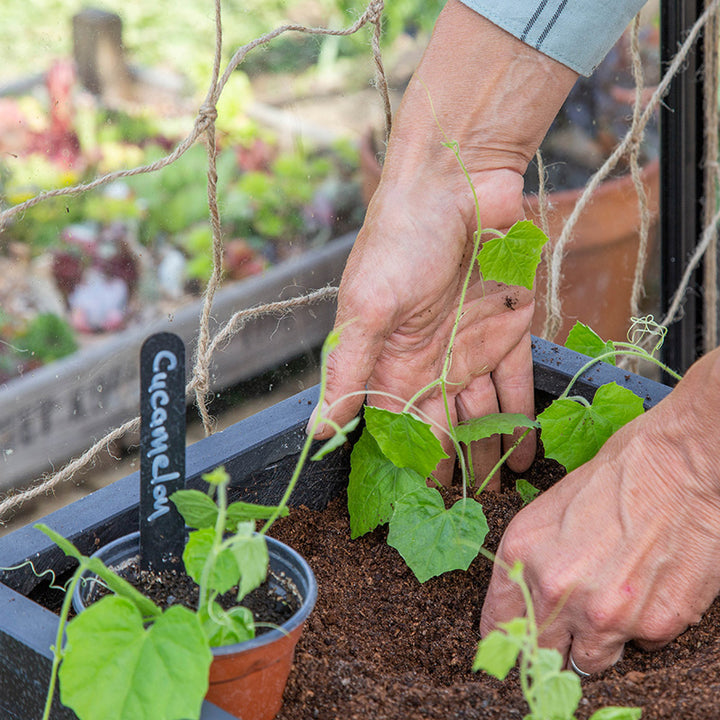
- Prepare your site for growing. Consider the soil, temperature, sunlight, humidity of your location.
- Clear the area: Remove any weeds, rocks, or debris from the planting site to ensure a clean and suitable environment for the plants.
- Amend the soil: If necessary, improve the soil quality by adding organic matter such as compost or well-rotted manure. This helps provide nutrients and improve drainage.
- Test the soil: Consider conducting a soil test to determine the pH level and nutrient content of the soil.
This information can guide you in making any necessary adjustments to optimize plant growth.
- Plan for drainage: Ensure that the planting site has proper drainage to prevent waterlogging. If the soil retains too much water, consider adding organic matter or creating raised beds to improve drainage.
- Plan for support: If growing vining plants like Kuska, plan for trellises, stakes, or other supports to provide stability and save space.
- Sow the seeds at a depth of 2 – 3 cm and cover them with soil.
- Water the soil gently, keeping moisture levels at 70 – 75%.
Water early in the morning or early evening, 1 – 2 times a day.
- Provide partial shade until seedlings root.
Pests and Diseases:
While the Kuska plant is generally resistant to pests and diseases, it can occasionally be affected by common cucumber pests such as aphids, cucumber beetles, and spider mites.
Regularly inspect the plants for any signs of infestation and take appropriate measures, such as using insecticidal soaps or organic pest control methods, to manage the pests.
Fungal diseases like powdery mildew can also affect Kuska plants, especially in humid conditions.
To prevent fungal growth, ensure proper air circulation, avoid overhead watering, and promptly remove any infected leaves.
Culinary Uses:
The Kuska fruit is versatile and can be enjoyed in various culinary applications. Here are a few ways to incorporate Kuska into your meals:
- Fresh: Enjoy the Kuska fruits raw as a snack or in salads. Their crisp texture and refreshing, cucumber-like flavor make them a delightful addition to any dish.
- Pickles: Use the small Kuska fruits to make pickles. The combination of their tangy taste and crunchy texture makes them an excellent choice for pickling.
- Salsa: Include Kuska fruits in homemade salsas for a unique twist. They add a crisp and juicy element to the salsa, perfectly complementing other ingredients.
- Stir-fries: Add Kuska fruits to stir-fries for a burst of flavor and texture. They cook quickly and retain their crunch, providing a delightful contrast to other vegetables and proteins.
Conclusion:
By growing the Kuska plant in your garden, you can enjoy its vibrant beauty, health benefits, and culinary versatility.
Start by selecting an appropriate site with well-draining soil, providing partial shading, and ensuring adequate sunlight, to create an optimal growing environment.
Whether you choose to enjoy its healing properties through culinary uses or simply appreciate its presence in your garden, this versatile plant has much to offer.
So why not explore the world of Kuska Mayan and unlock its abundant health rewards for yourself?
Get started today and experience the magic of this extraordinary plant.
